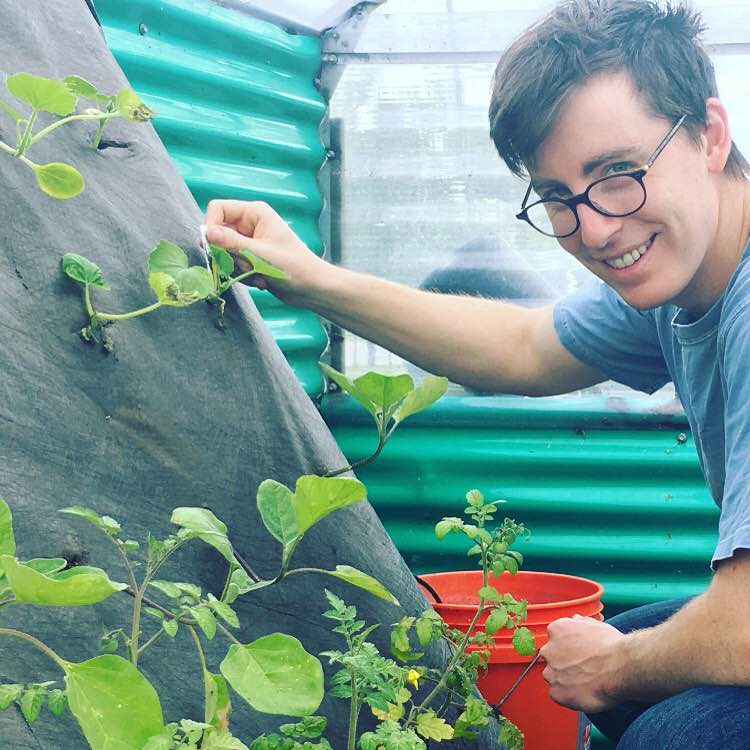At this point, it was time to go to work. I did not want to build a typical vertical farming model. Current models of vertical farms generate more crops per ft. than traditional methods, utilizing up to 99% less water with no pesticides or herbicides. However, existing vertical farm designs utilize too much energy in order to power LED lights in the greenhouse. This consumption of energy merely contributes to the release of carbon in the atmosphere.
Thus, I decided to power my vertical farming system with solar panels. Although this model would not need LED lights, as the greenhouse received natural sunlight to stimulate photosynthesis, I would be able to catalogue how much excess power I generated from the solar panels in order to build the next model with LED lights. Utilizing a water recirculation system powered by an automatically timed battery, this system would use significantly less water (around 95% less) than traditional non-recirculating methods.
I pitched the idea to the Changemaker Institute, and was accepted into the social innovation accelerator. Throughout the year, I worked hard to make this dream a reality. Through each hurdle, I found support in students, local business leaders, the Taylor Center, and various mentors. I connected David Young with Joule Energy, who agreed to lend Capstone many functional, but slightly damaged solar panels in support of his work. In return for this favor, David let me utilize his fully functioning solar panels for my pilot greenhouse. With the help of WWOOF organization farming volunteers, we built the foundations of the prototype model and planted the first seeds.
Eventually, the plants thrived.
Throughout the year I took photos and documented the progress of the model, knowing that visual images would relay the message more effectively than words. I compiled the most compelling photos throughout the year, and decided to create a two minute film summarizing the year’s work. With the help of fellow Master’s in Public Health student and directing talent David Roston, the film was in motion. Shortly after I won the NewDay Award at the Changemaker Institute, we finished the film.
Now, I am finished with the prototype model and look forward to creating a hydroponic vertical farming system with LED lights charged by solar panels.
I am grateful for the opportunity to have worked with the Changemaker Institute to make this idea a reality. After traveling to major vertical farming initiatives in New York City this summer, I believe that solar panels and other renewable energy methods must be incorporated into vertical farming models to generate fresh, flavorful, and sustainable food for citizens in cities. As the majority of our population will soon reside in major cities, we must look for methods to feed the masses sustainably. Our population is increasing, forcing us to generate more food. However, this must be addressed in a manner that preserves our planet’s resources. I look forward to being apart of the movement aimed at empowering our food system in the most ethical, innovative, and sustainable fashion.




